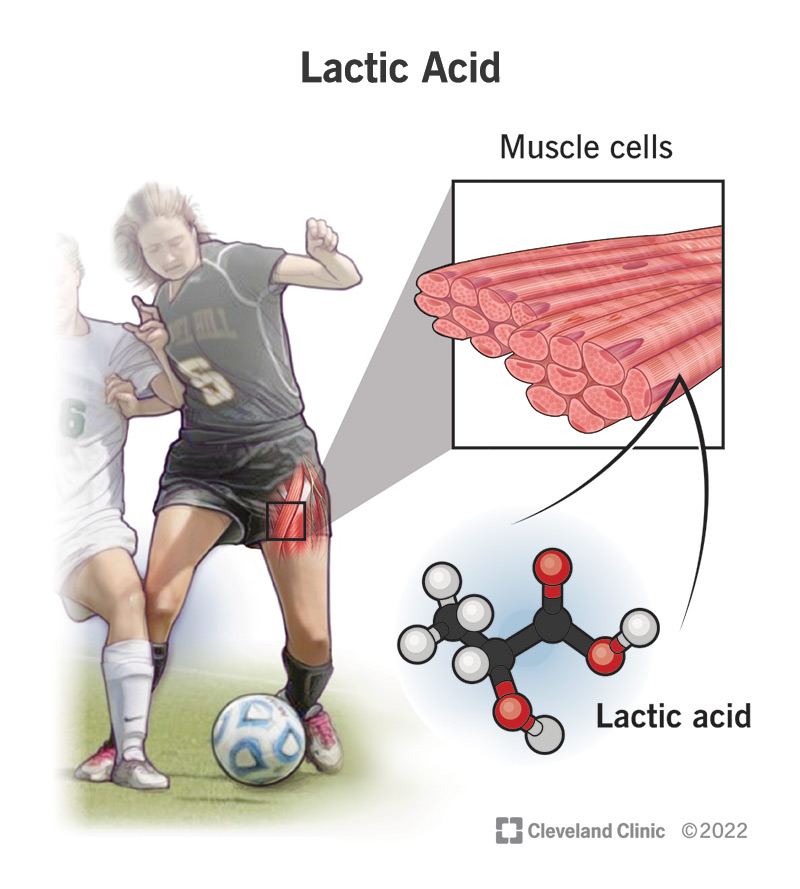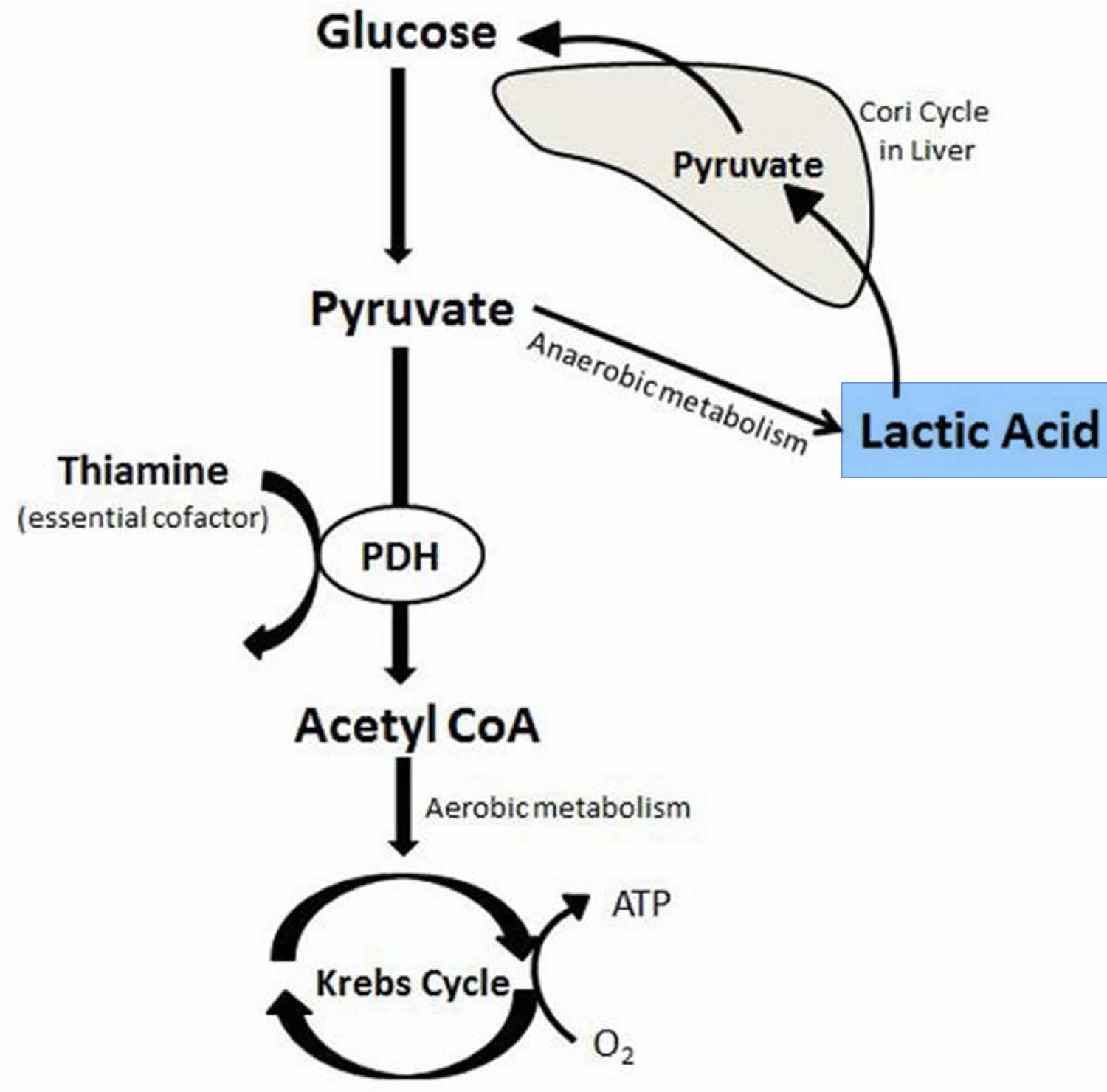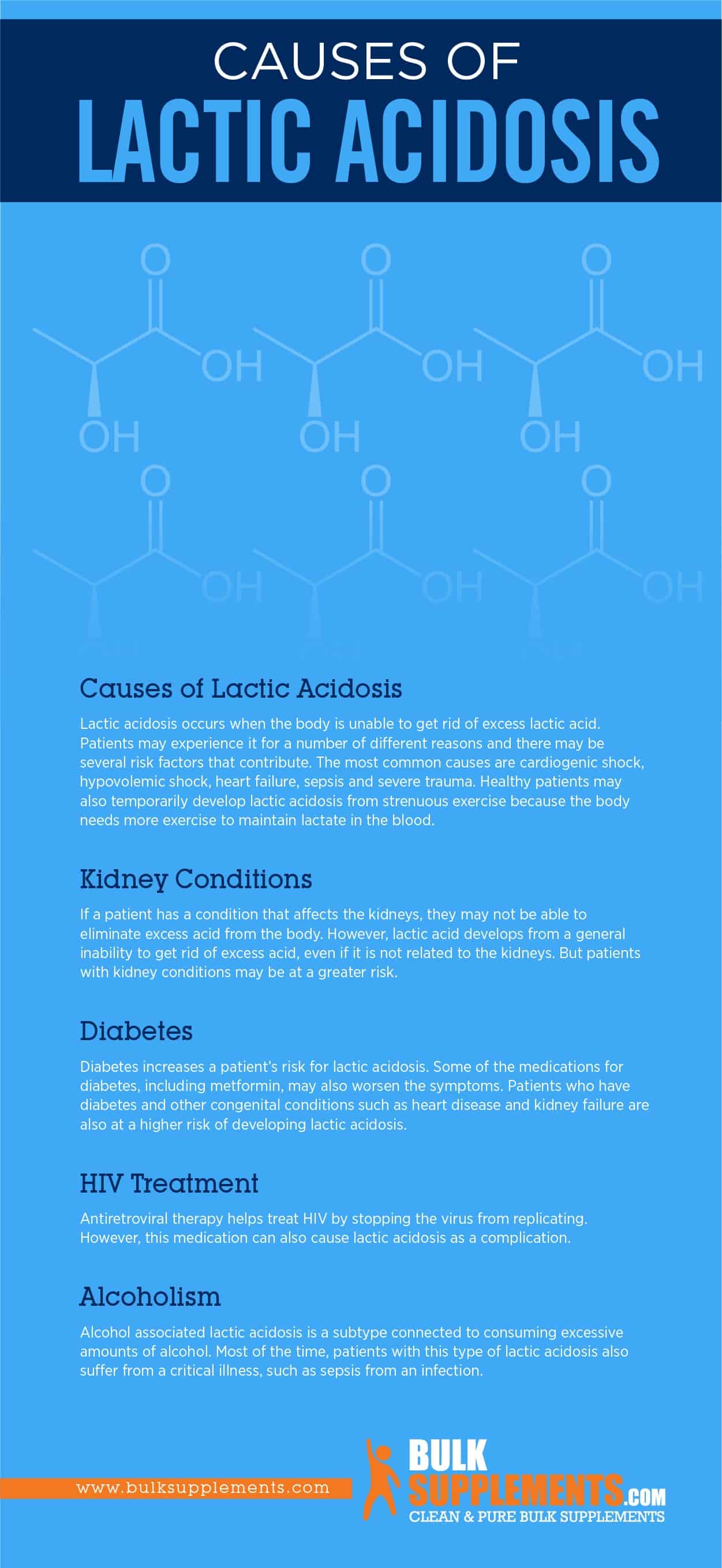The Role of Lactic Acid in Physical Activity: Functions and Formation
Lactic acid, a natural byproduct of muscle metabolism, plays a crucial role in the body’s energy production during intense exercise. When the demand for energy outpaces the oxygen supply, muscles switch to anaerobic metabolism, resulting in lactic acid formation. This process allows muscles to continue functioning in the absence of sufficient oxygen, enabling short bursts of high-intensity activity.
However, when lactic acid accumulates faster than the body can clear it, the resulting high concentrations can lead to muscle fatigue and soreness, impairing performance. This phenomenon, commonly referred to as “hitting the wall,” is often experienced by endurance athletes during prolonged, high-intensity exercise. Understanding the role of lactic acid in physical activity is essential for developing effective strategies to manage its accumulation and enhance overall performance.
Nutritional Approaches to Managing Lactic Acid
A well-balanced diet is essential for athletes seeking to manage lactic acid levels and optimize performance. Certain nutrients and foods can support healthy lactic acid clearance, enabling muscles to recover more quickly and perform at higher levels. Incorporating these dietary elements can significantly contribute to an athlete’s overall strategy for reducing lactic acid buildup.
Carbohydrates, the primary fuel source for high-intensity exercise, play a critical role in lactic acid management. Consuming complex carbohydrates, such as whole grains, fruits, and vegetables, before exercise can help maintain steady blood sugar levels and reduce lactic acid accumulation. Additionally, consuming simple carbohydrates, like those found in sports drinks, during prolonged exercise can provide a quick energy boost and support continued performance.
Protein, another essential nutrient for athletes, aids in muscle repair and recovery. Consuming protein-rich foods, such as lean meats, dairy products, and legumes, as part of a balanced post-exercise meal can help reduce muscle soreness and promote healthy lactic acid clearance. Furthermore, certain amino acids, such as branched-chain amino acids (BCAAs), have been shown to help reduce lactic acid accumulation during exercise.
Antioxidant-rich foods, such as berries, leafy greens, and nuts, can also support lactic acid management by reducing oxidative stress and inflammation in the body. Incorporating these foods into a daily diet can help athletes maintain optimal overall health and performance.
Hydration: A Key Factor in Lactic Acid Management
Proper hydration is crucial for athletes seeking to manage lactic acid levels and optimize performance. Dehydration can exacerbate lactic acid buildup, leading to increased muscle fatigue and impaired exercise capacity. By maintaining optimal hydration levels, athletes can support healthy lactic acid clearance and enhance overall exercise performance.
During exercise, the body loses water through sweat, which can lead to dehydration if fluids are not adequately replaced. To prevent dehydration, athletes should consume fluids before, during, and after exercise. The American College of Sports Medicine (ACSM) recommends consuming 16-20 ounces of water 4 hours before exercise, 8-12 ounces of water 10-20 minutes before exercise, and 3-8 ounces of water every 15-20 minutes during exercise. Additionally, athletes should weigh themselves before and after exercise, aiming to replace any weight lost during exercise with an equivalent volume of water.
While water is an adequate hydration source for most athletes, those engaging in prolonged, high-intensity exercise may benefit from consuming sports drinks containing electrolytes and carbohydrates. Electrolytes, such as sodium and potassium, help regulate fluid balance and support muscle function, while carbohydrates provide a quick energy source. However, athletes should be mindful of the sugar content in sports drinks, as excessive consumption can lead to weight gain and other health issues.
In addition to proper fluid intake, athletes should also consider the temperature of their beverages. Cold beverages can help reduce core body temperature and improve exercise performance, while warm beverages can help increase core body temperature and enhance warm-up efforts. Regardless of temperature, athletes should prioritize hydration and make it an integral part of their training regimen.
Rest and Recovery Techniques to Minimize Lactic Acid Buildup
Implementing effective rest and recovery techniques is essential for athletes seeking to manage lactic acid levels and optimize performance. By incorporating these strategies into a training regimen, athletes can reduce lactic acid accumulation, promote healthy clearance, and enhance overall recovery.
Active recovery, a low-intensity exercise performed immediately after high-intensity exercise, can help clear lactic acid from the bloodstream and promote muscle recovery. Examples of active recovery exercises include walking, jogging, or cycling at a slow pace. By maintaining a low heart rate and promoting blood flow, active recovery can help remove lactic acid and reduce muscle soreness.
Stretching, an essential component of any exercise routine, can also aid in lactic acid management. Dynamic stretches, such as leg swings and arm circles, can help warm up muscles and prepare them for exercise, while static stretches, such as toe touches and quad stretches, can help cool down muscles and promote recovery. By incorporating both dynamic and static stretches into a training regimen, athletes can support healthy lactic acid clearance and reduce the risk of injury.
Massage, another effective recovery technique, can help reduce muscle tension, improve range of motion, and enhance lactic acid removal. By manipulating soft tissues, massage can promote blood flow and facilitate the removal of waste products, such as lactic acid, from the muscles. Regular massage sessions can help athletes maintain optimal muscle health and support long-term performance.
In addition to these techniques, athletes should prioritize adequate sleep and relaxation to support overall recovery and lactic acid management. By allowing the body to rest and repair, athletes can ensure that they are prepared for their next training session or competition.
Breathing Techniques to Enhance Lactic Acid Clearance
Proper breathing techniques can significantly aid in lactic acid removal and contribute to enhanced athletic performance. By focusing on breathing patterns during exercise, athletes can optimize oxygen delivery to the muscles, facilitate lactic acid clearance, and reduce fatigue.
Diaphragmatic breathing, also known as belly breathing, is an effective technique for enhancing lactic acid clearance. This technique involves engaging the diaphragm, the primary muscle responsible for breathing, rather than relying on the chest and neck muscles. By taking slow, deep breaths, athletes can increase oxygen intake, promote relaxation, and support healthy lactic acid removal.
Pursed-lips breathing is another technique that can aid in lactic acid management. By exhaling through pursed lips, athletes can slow down their breathing rate, increase exhalation time, and promote carbon dioxide removal. This technique can help reduce breathlessness during exercise, allowing athletes to maintain a steady breathing pattern and support lactic acid clearance.
Incorporating breathing exercises into a training regimen can help athletes develop proper breathing habits and optimize lactic acid management. For example, practicing deep breathing exercises before exercise can help prepare the body for physical activity, while performing pursed-lips breathing during exercise can help maintain a steady breathing pattern. Additionally, incorporating relaxation techniques, such as progressive muscle relaxation or meditation, can help reduce overall stress levels and support healthy lactic acid clearance.
In summary, proper breathing techniques are a valuable tool for athletes seeking to manage lactic acid levels and enhance performance. By focusing on diaphragmatic and pursed-lips breathing, athletes can optimize oxygen delivery, facilitate lactic acid removal, and reduce fatigue during exercise.
Training Progression to Limit Lactic Acid Accumulation
Gradual progression in training is a crucial strategy for athletes seeking to manage lactic acid levels and enhance overall performance. By implementing a progressive training plan, athletes can reduce lactic acid buildup, improve fitness levels, and minimize the risk of injury.
A well-designed training plan should include a combination of low-intensity, moderate-intensity, and high-intensity exercise sessions. This approach allows athletes to build a strong foundation of aerobic fitness while also challenging the anaerobic energy systems responsible for lactic acid production. By gradually increasing the duration, frequency, and intensity of workouts over time, athletes can optimize lactic acid management and support long-term performance gains.
Interval training, a popular method for improving anaerobic fitness, involves alternating periods of high-intensity exercise with recovery periods of lower intensity. By incorporating interval training into a progressive training plan, athletes can effectively challenge the anaerobic energy systems, stimulate lactic acid clearance, and improve overall exercise efficiency. For example, an athlete might perform 8-10 intervals of 30 seconds at maximum effort, followed by 90 seconds of active recovery.
Cross-training, another effective strategy for managing lactic acid, involves incorporating a variety of exercise modalities into a training regimen. By participating in activities that use different muscle groups and energy systems, athletes can reduce the overall stress on the body, promote recovery, and support healthy lactic acid clearance. Examples of cross-training activities include swimming, cycling, and yoga.
In summary, gradual progression in training is a critical component of lactic acid management and athletic performance. By following a well-designed training plan that includes interval training, cross-training, and other progressive elements, athletes can effectively reduce lactic acid buildup, improve fitness levels, and optimize overall performance.
Natural Supplementation for Lactic Acid Reduction
Certain nutritional supplements have been suggested to help reduce lactic acid buildup and support athletic performance. While it is essential to consult with a healthcare professional before starting any supplement regimen, understanding the potential benefits and recommended dosages of these supplements can be helpful for athletes seeking to manage lactic acid levels.
Magnesium, an essential mineral involved in numerous physiological processes, has been shown to support healthy lactic acid clearance. Magnesium supplementation may help reduce muscle fatigue, improve exercise efficiency, and enhance overall athletic performance. The recommended dosage for magnesium supplementation varies depending on age, sex, and weight, but generally ranges from 200 to 400 milligrams per day.
Vitamin B, a group of water-soluble vitamins, plays a crucial role in energy production and muscle function. Supplementing with vitamin B may help reduce lactic acid accumulation, improve exercise capacity, and support overall athletic performance. The recommended dosage for vitamin B supplementation varies depending on the specific vitamin and individual needs, but generally ranges from 1.1 to 2.4 micrograms per day for women and 1.3 to 1.7 micrograms per day for men.
Coenzyme Q10, a naturally occurring antioxidant found in the body, is involved in energy production and cellular function. Supplementing with coenzyme Q10 may help reduce lactic acid buildup, improve exercise performance, and support overall athletic health. The recommended dosage for coenzyme Q10 supplementation varies depending on individual needs, but generally ranges from 100 to 200 milligrams per day.
In summary, magnesium, vitamin B, and coenzyme Q10 are just a few of the supplements that may help reduce lactic acid buildup and support athletic performance. By consulting with a healthcare professional and following evidence-based recommendations, athletes can make informed decisions about supplementation and optimize their lactic acid management strategies.






